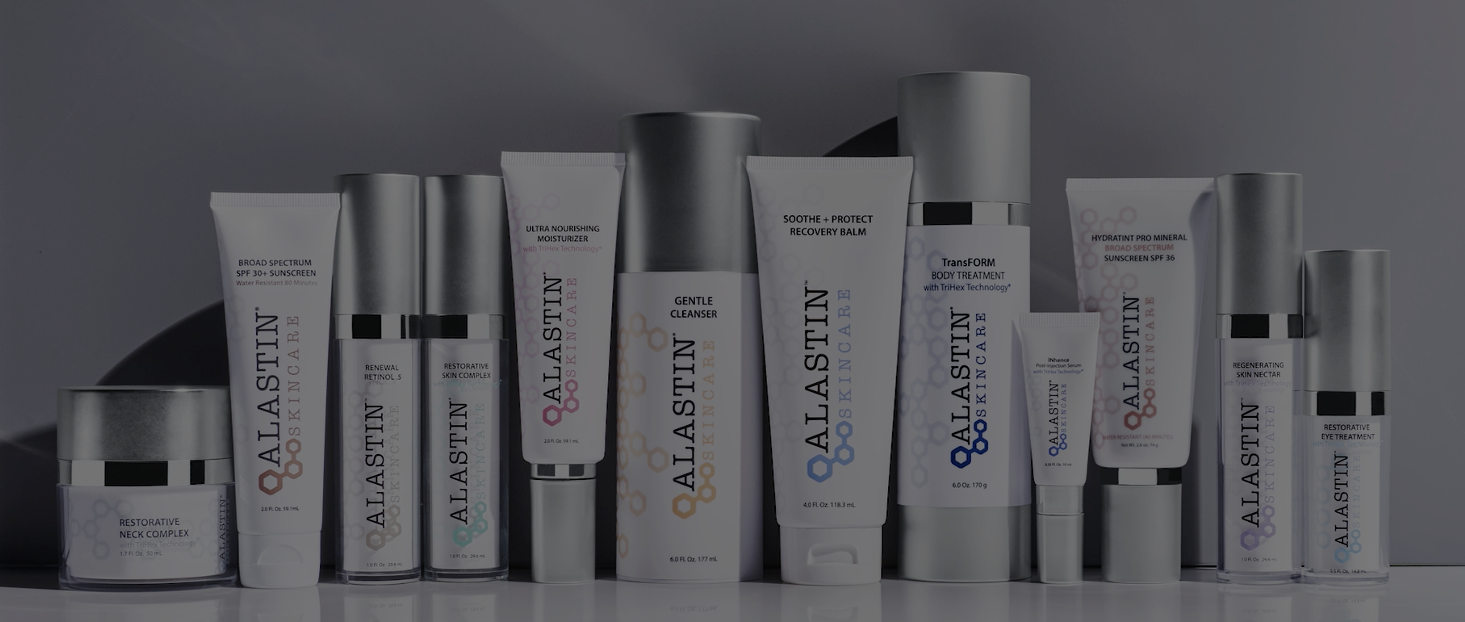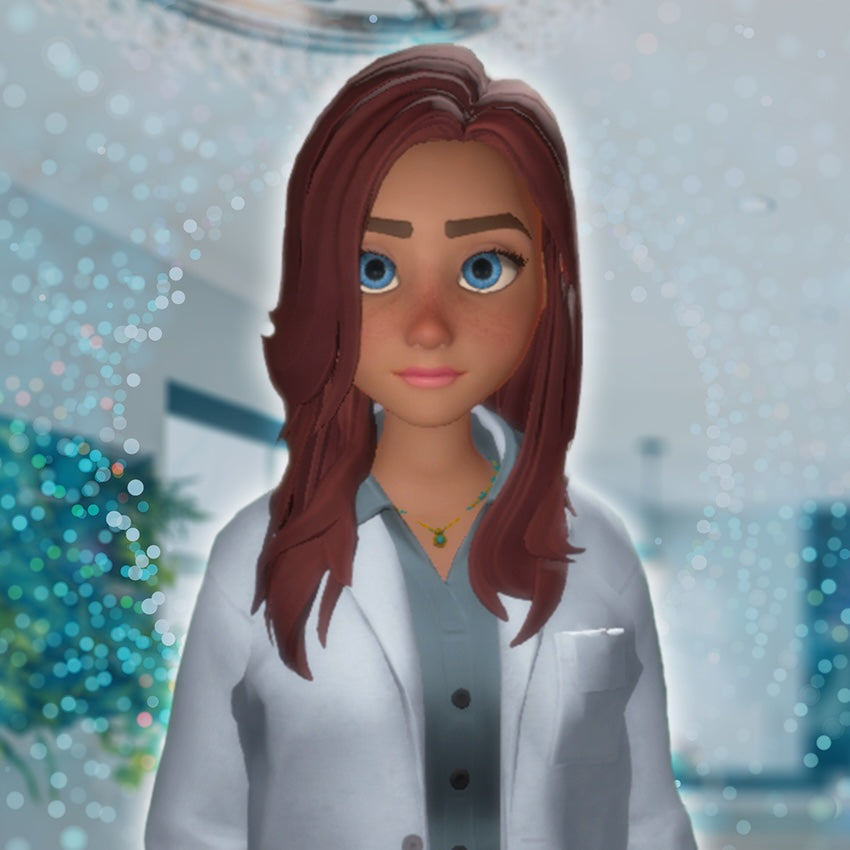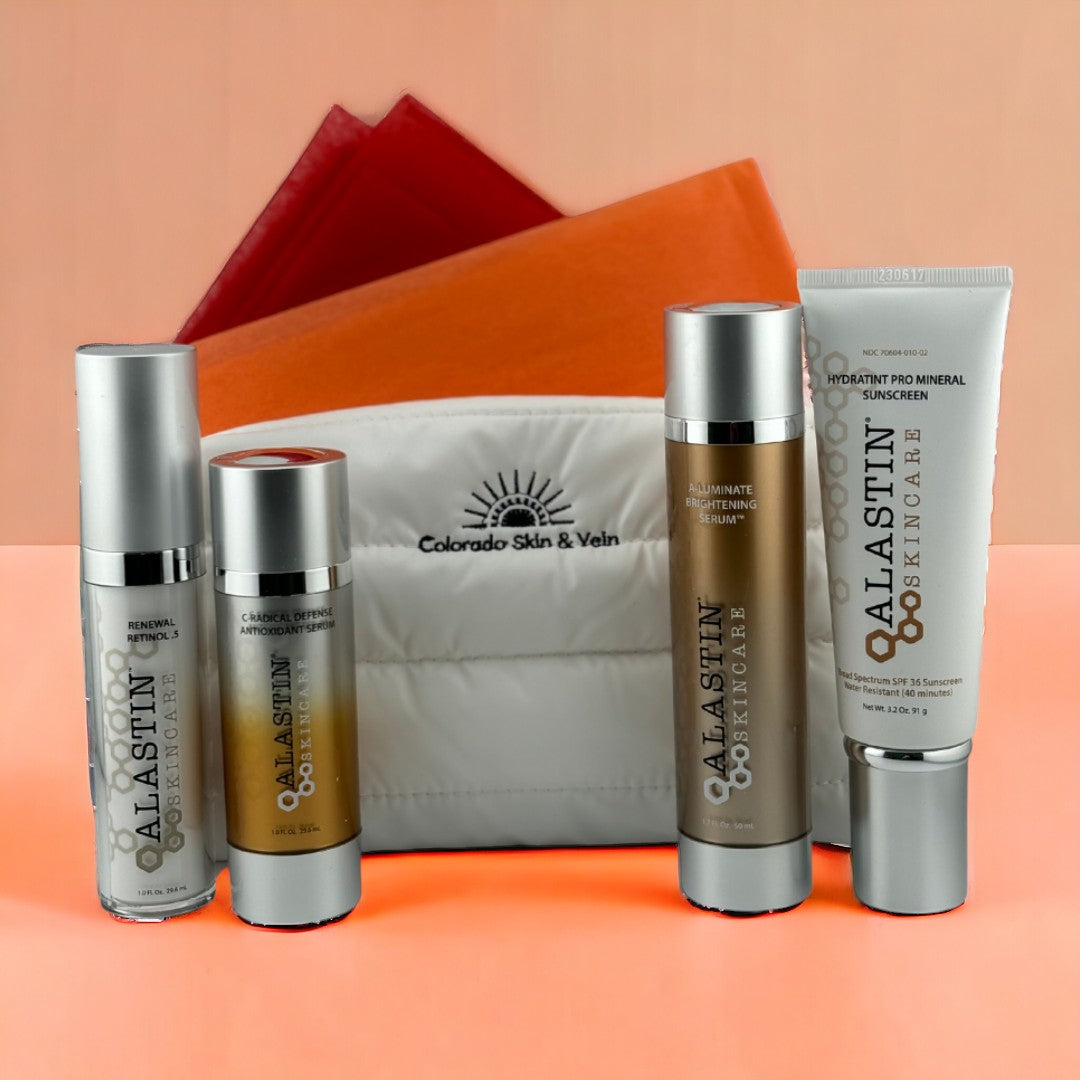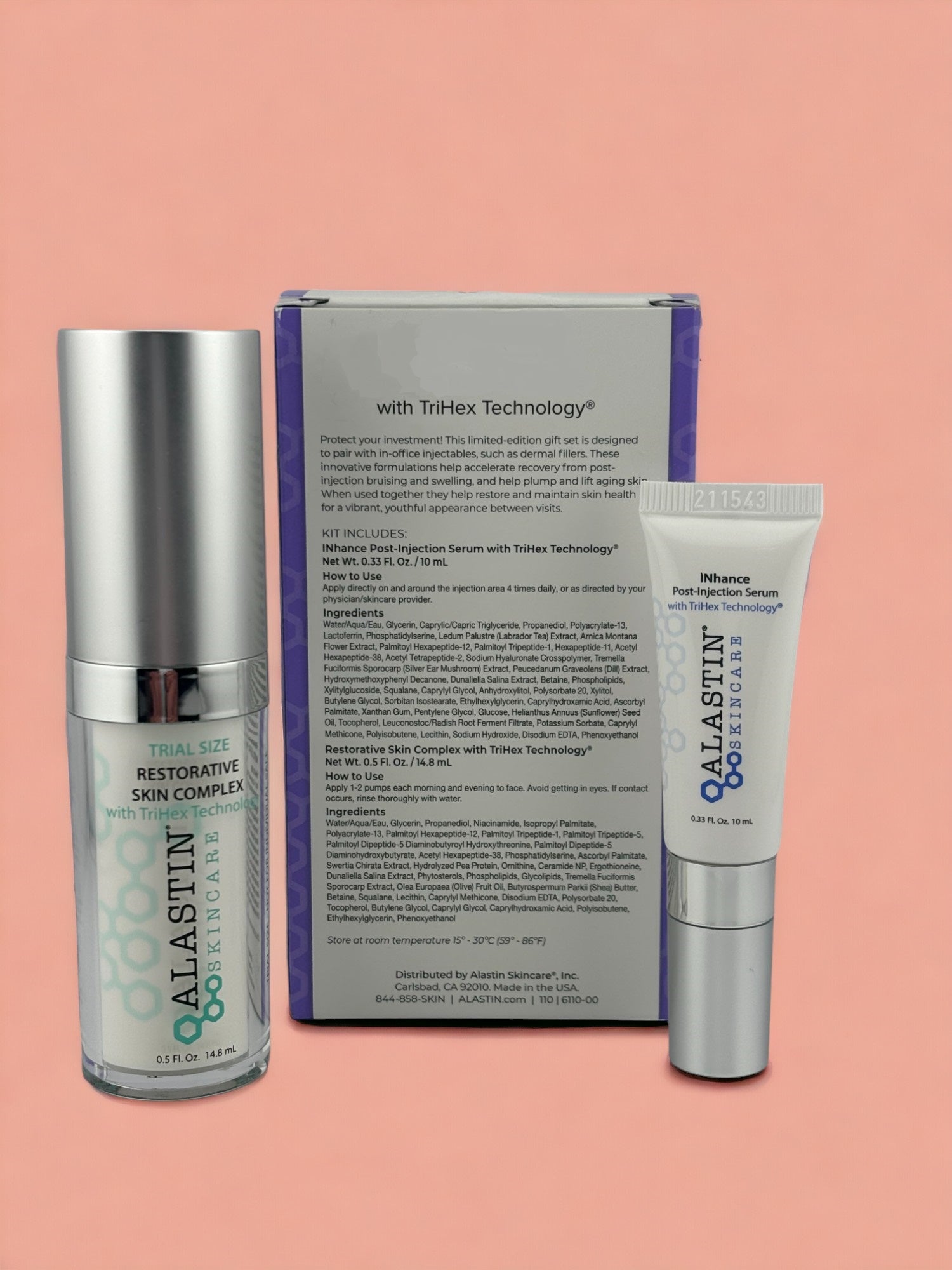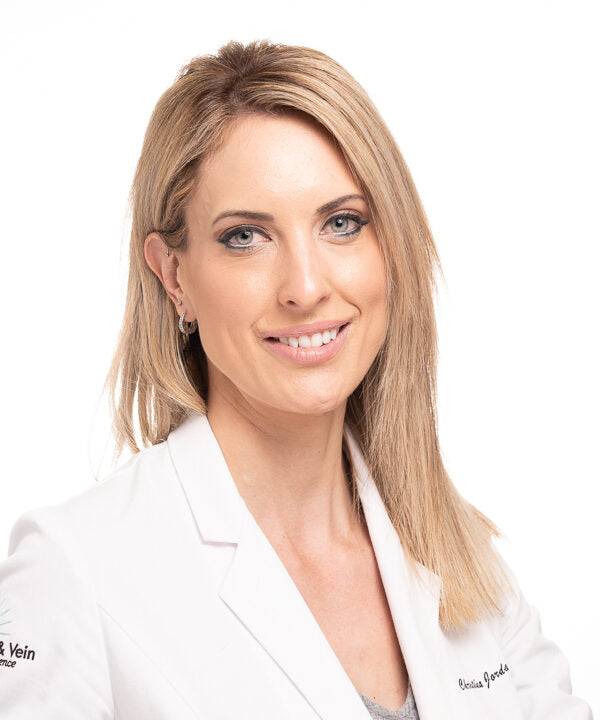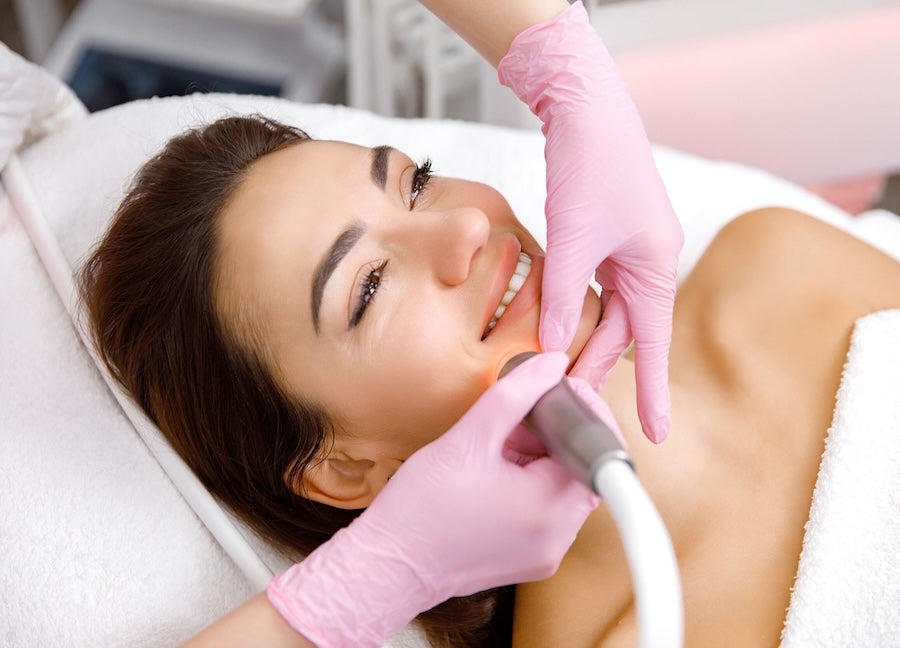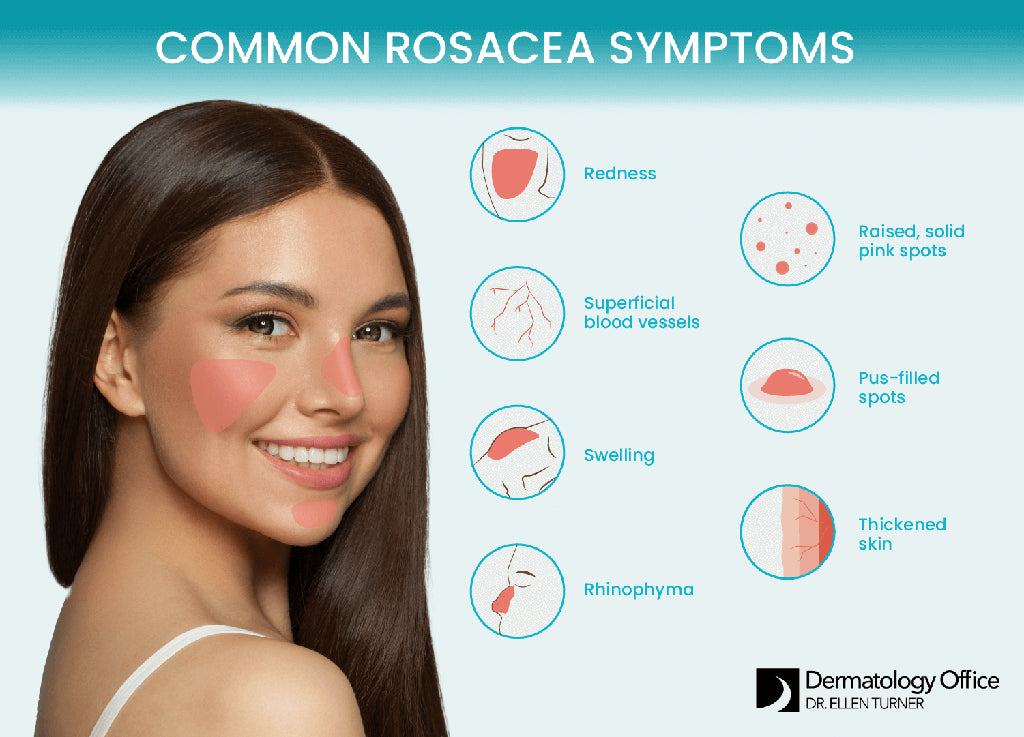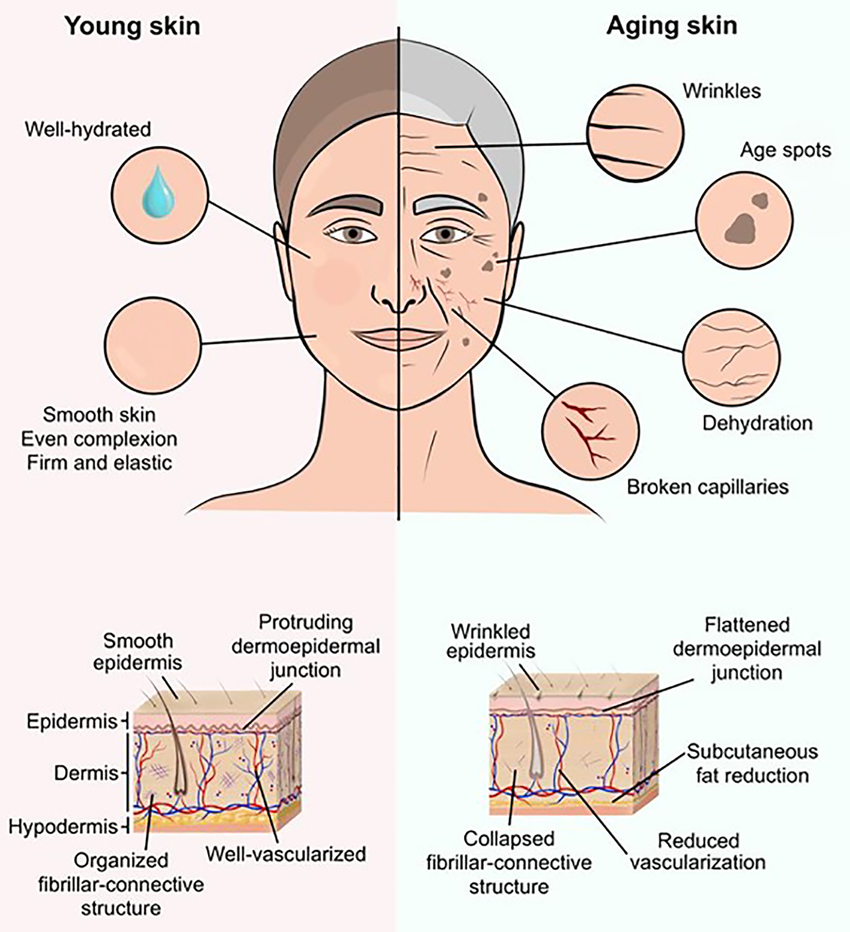Which Laser Skin Treatment Is Best For Acne Scars?
There are so many entities out there claiming efficacy for treating acne scarring that it can become very confusing. These range from non ablative light based therapies such as Laser Genesis and Pulsed Dye Laser to fully ablative CO2 resurfacing. The Active FX combined with the Deep FX tend to offer the best combination of results, side effects and downtime. In our experience non-ablative lasers, such as Laser Genesis, will max out at about 30-40 percent improvement with a minimum of five treatments. The best results may require upwards of 8-10 treatments. Most patients favor these procedures for treatment of enlarged pores or fine lines and not necessarily acne scars. On the other end, CO2 laser is the gold standard for results. There are a few downsides to full CO2 resurfacing. These include downtime, which can last several weeks with the possibility of having several months of residual redness. Discomfort and swelling may also last several weeks. Long term side effects such has permanent hypopigmentation (lightening of the skin) and scaring have been significantly reduced but still occur. Due mostly to the significant downtime, full CO2 resurfacing tends to not be the treatment of choice. For most patients the best options are the fractionated lasers. These include things like Active FX, Deep FX and Fraxel Repair which are all form of ablative CO2 lasers. When treating with a fractionated laser, there are patches of skin that are not affected by the laser. The amount of skin treated vs. untreated can be controlled by your provider. These patches of untreated skin drastically reduce both side effects and downtime. Even though these procedures have mostly eliminated side effects such as skin discoloration and scarring they still produce about 80-90% of the effects that are achieved with full CO2. I am not as much of a fan of the Fraxel Restore (non-ablative Erbium) because, although it has been proven to improve acne scars, it takes a minimum of 5 treatments and produces less results than 1 -2 treatments of the fractionated CO2 devices (Active FX, Deep FX and Fraxel Repair). Between the Active FX, Deep FX and Fraxel Repair, I like the combination of Active FX and Deep FX better because the technology is less provider dependent and there are some engineering advantages to the Active and Deep FX. There was a head to head study performed at Johns Hopkins in 2008 where patients had one side of the face treated with the Active FX and the other side was treated with Fraxel Repair. Nine out ten people preferred both the procedure and the results of Active FX side. No matter what your providers tells you expect 2-3 treatment with a minimum of 30-90 days between treatments for the best results.

